Applications for fitness that go beyond standard AR/VR
VR/AR App Development - How Can It Transform Fitness Apps?
VR/AR App Development – How Can It Transform Fitness Apps?
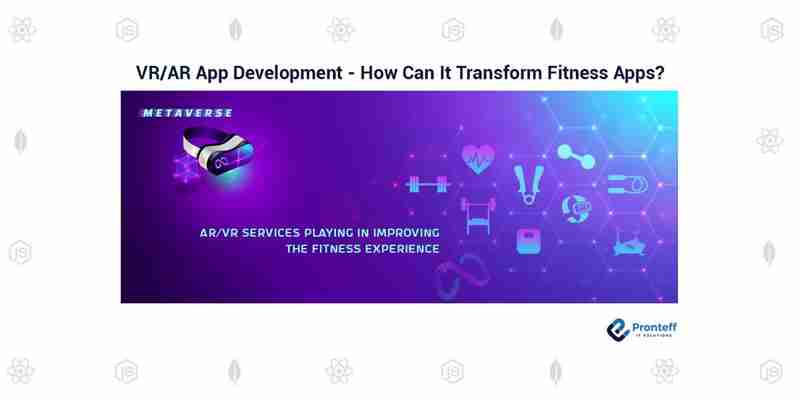
During the Pandemic, every Augmented Reality app development business tried to take advantage of the lack of user activity. However, in order to properly address the different fitness needs, providers must consider all that comes with it. Learn about the numerous ways that VR/AR App Development has revolutionized the fitness industry.
Technology has always been an adversary to physical activity. Nonetheless, VR/AR App Development has the potential to drastically alter the fitness sector.
Every AR app development business is utilizing this technology to assist customers and enhance their training experiences.
Various gyms and fitness clubs are making it a point to increase their earnings and excel in the fitness industry.
This has prompted other fitness sector firms to integrate VR/AR App Development as part of their services.
Let’s take a look at how augmented reality (AR) and virtual reality (VR) app development is gamifying training sessions for fitness aficionados all around the world.
What Role do Augmented Reality (AR) and Virtual Reality (VR) Play in Improving the Exercise Experience?
Augmented Reality (AR) incorporates digital components into a person’s real-world surroundings to make them more interactive.
Various businesses are utilizing this technology to attract customers and expand their customer base at all times of the day. Snapchat and Instagram filters are two of the most well-known instances of AR technology.
For those who have yet to fully appreciate the significance of this breakthrough, AR fitness applications are the buzzword.
According to one study, the AR business would increase by 43.8 percent between 2021 and 2028.
Virtual Reality is gaining popularity due to the immersive experience it provides. A VR headset wearer might play games with their buddies or go on a walk in the park. The graphics and music are accurate representations of a real experience.
Users of VR apps can avoid the monotony of daily training routines while staying in shape. Immersive experiences allow consumers to get the most out of their workouts.
Black BOX VR is an American startup that allows users to keep physically active while playing an online shooting game while wearing a virtual reality headset.
AR/VR app development is predicted to grow from $30.7 billion in 2021 to $296.9 billion in 2024, according to reports.
Extensive Reality technology is used to make outstanding fitness apps. As a result, the number of people using these apps increased throughout the Pandemic.
What Are the Benefits of Using Extended Reality Technology Services in Your Exercise Routine?
Extensive Reality technology is used to make outstanding fitness apps. As a result, the number of people using these apps increased throughout the Pandemic.
1. Improve Your Boring Workout Routine in New Ways
Gamification is steadily becoming a feature of AR/VR app development in order to provide fitness app consumers with seamless training experiences.
Assume that applications may hold virtual cycling tournaments, allowing you to compete with friends and publish your results on social media.
Humans are competitive by nature, and a normal AR app development firm provides the most interesting channels to keep users coming back for more.
On the app’s long-term goals, check off engaging and enriching workout sessions.
2. Make Motivation Your Most Powerful Suit
With each passing day, exercisers get less motivated. To keep going, they require a strong push or motivation.
Extended Reality technology services can help you stay on track and achieve attainable goals in no time. Who wouldn’t want to spend the majority of their time playing their favorite games and staying active?
3. Attainable Fitness Objectives
To reach their fitness goals, some people require continual monitoring. To reach their aims, the majority of them rely on gyms or personal trainers.
AR/VR app development can give users a personal trainer who monitors their daily activity rate, sleep routine, and nutrition. These elements aid in the streamlining of a complete workout plan for remaining in shape and reaching fitness goals.
4. A high level of personalization
Every AR app development business has a set of criteria to help consumers reach their optimal fitness level. Many of these applications can track your activities depending on your BMR for age, body weight, gender, and other factors.
The training is completely adjustable and varies from person to person in order to attain specific goals while keeping track of distinct problems.
You may beat your previous scores and urge your fellow gym companions to do the same, making sessions fun.
5. Keeps track of each person’s schedule
Virtual workout apps are the greatest since they keep track of your daily schedule and try to ensure that you accomplish your fitness goals on time.
As one of the training regimens, some applications may recommend ascending stairs rather than taking the elevator to reach your office floor. With AR/VR app creation, there’s only so much you can accomplish.
6. Exciting Workout Activities
What if PlayStations could also be used to promote a healthy lifestyle? Consider the buzz surrounding the app and the anticipated amount of downloads.
You can come up with a variety of creative ideas to encourage your consumers to live a healthy lifestyle.
Extended Reality technology services combine all of the enjoyment into a single application that helps you test your body’s limits.
7. Keep a journal of your fitness progress.
In the long run, our sedentary lifestyles and junk-food eating habits contribute to a variety of lifestyle problems. App developers have made it simple to keep track of your fitness journey and share even the tiniest health milestones with your friends, family, and followers thanks to AR/VR app development.
Appreciation is the most powerful motivation, and discussing your fitness journey with your friends and family will help you gain favorable comments.
Final Thoughts-
The advent of augmented reality and virtual reality apps has made it easier for people who are unable to attend gyms to reach their fitness goals. However, having a dependable app developer on your team is critical if you want to provide features that delight users on their fitness journey.
VR Fitness Is A Serious Workout, Seriously
In the last days of 2020, Oculus quietly rolled out a fitness tracker, called Oculus Move, that lives inside its Quest headsets. Users who download the software can watch the calories they burn in virtual reality, along with their physically active minutes, climb on a ticker floating above or below their field of view. With a deeper dive into the tracker’s dashboard, they can also set goals and track their progress over time.
Move appears to be an acknowledgment from Oculus that fitness is a primary reason for many people to use VR. That’s certainly the case for me. I’m not much of a gamer in general, but for the past couple months, I’ve exercised nearly every day in virtual reality. And despite what you might think about the incompatibility of video games and exercise, these are serious workouts. Some end with me gasping for breath and wringing sweat from my beard.
In that sense, VR has saved me from bodily neglect. It’s helped me grasp the motivation that’s been threatening to slip through my fingers since the start of this godforsaken pandemic.
During the spring, summer, and fall seasons of COVID, I managed a couple 20-mile bike rides each week. On weekends I occasionally found strength for longer rides, and on one hot Saturday, I logged 100 flat miles on Long Island. But it was always a struggle to get moving, and as winter arrived in New York, my rides petered. After a couple inactive weeks, I decided to see what I could accomplish inside a Quest 2 ($299), the entry-level headset Oculus released in October.
Initially my plan was to use VR for a few minutes of movement on particularly cold days. But then I started building a library of games and programs, some of which I considered warm-ups that helped vault me into more serious cardio. Now, every day, I piece together a workout based on my mood and energy level. Video games are part of my daily routine, and I feel lazy without them.
What does a VR workout look like?
There are dozens of virtual reality programs you can use to burn a few calories, but as of now, there are only a few specifically focused on exercise. By far my favorite is the subscription-based program Supernatural ($19/month, or slightly less for annual memberships).
Workouts typically run 10- to 30-minutes, and they roll out fresh daily. After a quick stretch with a trainer, music kicks on and triangles and targets begin flying toward you. Your job is to squat through the former and smash the latter with the virtual batons in your hands.
It’s simple enough, but the game moves fast, especially with workouts labeled “hard.” You’ll struggle to hold a squat inside a triangle tunnel that forces you to stay low while swinging your arms. Then you’ll explode upward to swat an overhead target, side-lunge left then right to thread the off-kilter scalene triangles, and then attack a dozen more targets before dropping back down into a squat.
The movements burn, but they don’t immediately register as exercise. Not in the strictest sense, anyway, because Supernatural feels more like a sport than a workout. You run your score up by hitting targets, and with more powerful swings, you amass more points. You can track your progress on a leaderboard, and if you want to jump the person ahead of you, you’ll either have to work harder or longer.
To help break the monotony of exercise, each workout takes you around the world. You might start out on an arctic tundra, move to the edge of an Egyptian pyramid, and then end on the lip of a volcano in Ethiopia.
And each location pairs with a new song, which dictates the intensity of the workout. Supernatural invests heavily in licensing fees, and its programmers have delightfully diverse tastes. I’ve worked out to hip-hop, Southern rock, top 40. Some particularly motivating tracks have come from the New York Dolls, Violent Femmes, Kendrick Lamar, and one Skrillex track that threatened to detach my arms from my body.
The other program I use often is FitXR ($29.99), which fills my urge for head-to-head competition. With each workout, six other VR users join me. They appear as silhouettes to my left and right, and I do everything I can to make sure I score more points than they do.
FitXR workouts come with less novelty than Supernatural’s—there are only two environments, and the music isn’t anything I recognize. But it does offer workout variety, with either boxing or cardio dance classes. I prefer the former, which much like Supernatural, functions with moving targets set to the beat. Only this time, you’ll have to toggle between jabs, crosses, hooks, and uppercuts, depending on the target.
A streak counter tells you how many consecutive targets you’ve hit, and a power meter gives you a real-time score on each punch. Both metrics—accuracy and power—play into your position on the leaderboard.
The cumulative effect of scorekeeping and instant feedback available in both Supernatural and FitXR amount to what researchers call gamification. “You’re earning awards and leveling up,” says Tumay Tunur, Ph.D., a kinesiologist who studies virtual reality at California State University San Marcos. “It’s very rewarding, and it definitely helps with adherence.”
Consistency, says Tunur, is the most critical component of any workout routine. And that’s what makes gamification potent: It gives you goals that numb the pain, and it keeps you coming back for more.
Tunur’s VR fitness game of choice is the rhythm-based Beat Saber ($29). “When I play, I’ll say, ‘I’m gonna go in for 20 minutes to get a quick workout,’” she says. “Then 40 minutes later, I’m still playing.”
I can relate. When I’m feeling lethargic, I delay my serious workout by playing a first-person shooter like Pistol Whip ($24.99) or scaling cliffs in The Climb ($29.99). Both games get my blood pumping, and after a couple rounds, I’m eager to log in to Supernatural or FitXR.
According to Oculus Move, the built-in tracker, I’m burning 200-400 calories per workout, and in one 49-minute session, I clocked 549. I suspect the numbers are inflated, however. I’ve worn both Garmin and Fitbit trackers during my VR workouts, and they registered 24 percent and 35 percent lower, respectively.
But I don’t particularly care about calories. The more important metric for me is exertion, and the trackers told me I was keeping my average heart rate close to 130, with a peak near 170. Those are legitimate numbers, and they provide context for research on VR fitness.
Last year, kinesiologists at the University of Minnesota reviewed 15 studies on the subject. Among those that looked at physical outcomes such as body composition, fitness level, and muscular strength, two-thirds showed positive results from VR workouts. And that’s despite relatively short study periods and outdated technology. (The oldest study in the analysis is from 2003, which is ancient in tech years.)
But perhaps the more interesting finding comes from the studies that looked at VR’s psychological effects. According to the research, virtual workouts can reduce fatigue and symptoms of depression.
Again, I can relate. Virtual reality isn’t reality, but it does transport me somewhere outside my apartment. That’s valuable given that my local restaurants, bars, and gyms are all inaccessible due to the pandemic. VR is a small bright spot—a healthy one, at that—in what could otherwise feel like a yearlong, pandemic-induced Groundhog Day.
Virtual workouts and the future
If you’ve been paying attention to VR, then you’ve been hearing for a decade that Oculus was on the verge of making the technology mainstream. So what’s different about now? That’s easy: Accessibility.
Until recently, affordable consoles were just plastic or cardboard holsters that strapped a smartphone to your head. There wasn’t much you could do with them. And even today, high-end goggles require cables to keep you tethered to an expensive gaming computer.
The Oculus Quest, released in 2019, was the first to bridge the divide. It was wireless and had a $399 price tag. It wasn’t cheap, but it wasn’t four-figures expensive, either. And 17 months later, Oculus released the Quest 2, an update that improved significantly on the visuals (frame rate and resolution are both higher), weight (it clocks in at just over one pound), and price ($299). It stands to reason that as the technology continues to improve, so will the fitness applications.
My one overarching complaint of the Quest 2 comes not from Oculus, but from its parent company, Facebook. With the second-generation console, the social-media company began requiring its virtual-reality users to log in using a Facebook profile.
That probably won’t phase the site’s billions of active users, but I deleted my account a couple years ago. Facebook found a way to force me back on, and the strong-arm mandate confirms my suspicion that it cares more about harvesting my data than winning me back as a loyal customer.
Regardless, VR fitness has officially landed, and I’d wager that goggles will soon be as common as treadmills.
Consider Holodia, a company that began making VR workout software in 2018. Originally, Holodia targeted gyms with virtual jungles and rivers that members could accelerate through using rowing machines, ellipticals, and exercise bikes. But in January, Holodia launched a subscription-based program for the Quest 2, presumably to jump on the at-home VR fitness trend.
Users can run the program, called Holofit ($10.75/month, less for longer memberships), using smart rowing machines or bikes and ellipticals with cadence sensors attached. But more tellingly, they can now also run it by doing crunches or jogging in place—no heavy equipment required.
That seems to provide a clue to where VR fitness is headed. While it began as a novelty, it’s now capable of serving as the centerpiece to your home gym. It costs less, takes up less space, and incentives you with game-like elements and daily updates.
Truth is, I don’t always feel like working out. But these days, I’m always down for a break from reality. It’s wonderful that VR can offer both.
For access to exclusive gear videos, celebrity interviews, and more, subscribe on YouTube!
Applications for fitness that go beyond standard AR/VR
In the health and fitness vertical, AR and VR companies have primarily focused on fitness applications so far. From a conservative business stance, this makes a lot of sense. We all know about the importance of regular physical activity, but historically training programs left much to be desired. They can be boring, inconvenient, time consuming, exclusive, and possibly even intimidating. Naturally, this gap in the fitness industry presented an opportunity for AR and VR companies.
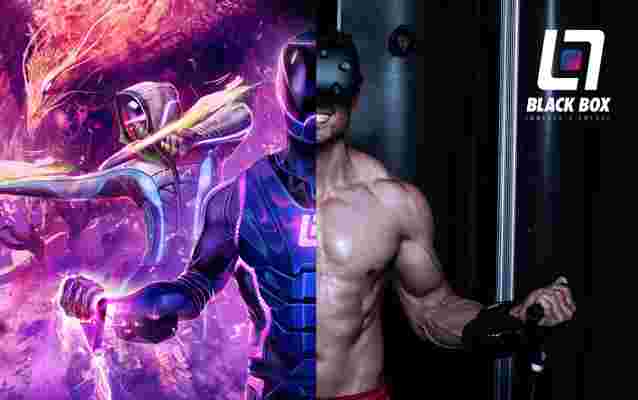
One such company is Black Box VR that won the “Best Startup” award at CES 2018. Their app creates a virtual reality gym that essentially makes your entire workout feel like a game. It’s designed to be immersive with your actual speed, endurance, and strength controlling how you progress within the game. The company even says that it’s more like a futuristic sport than traditional fitness or a video game.
Black Box VR Trailer
Black Box VR is opening its first boutique gym in San Francisco later this year. They’ve developed a proprietary Dynamic Resistance Machine, which is basically like a souped up, smart version of a Bowflex. They even have hands-free VR sensors that can track thousands of different movement patterns without impeding your use of the resistance machine.
Another popular fitness app—this time in the AR space—is Zombies, Run!, which continues to climb in the charts within the Apple App Store and Google Play Store.
Zombies, Run! Trailer
The concept with Zombies, Run! is that you’re in the middle of a zombie apocalypse and you have to run to get away. Pretty simple right? That’s the genius of this app. It controls the environment around you and gets you to run faster or slower, shorter or further based on where you’re at within the Zombie-ridden world. Like Black Box VR, Zombies, Run! is all about making fitness not feel like fitness. It’s supposed to be a game that’s enjoyable, but at the same time is capable of increasing your fitness level. Here’s a video about Zombies, Run!.
While Black Box VR and Zombies, Run! fall into the unique and clever category, more traditional health apps are most likely more practical—especially those that deal with sleep and meditation. With the fast paced nature of our society, stress is at an all time high. And thus, sleep and meditation have never been more important.
Guided Meditation VR , is an app allows users to visit (escape to) over 100 environments, ranging from tropical beaches and forests to caverns and spiritual monuments. From there, the app guides users through various types of meditation, including zen, maternity, and compassion. Guided Meditation VR has about a 4-star rating (out of 5) with just over 2,000 ratings on the Oculus app store.
Guided Meditation VR Trailer
Meditation and sleep centric apps aren’t that new of a concept; and Headspace have been around for years. What’s interesting about the space is just the amount of latent demand that exists for these types of products. Millenials and younger people tend to be less religious and more spiritual, and thus more open to concepts like meditation. They are also by far the largest demographic in terms of being active users of AR and VR apps. The widespread epidemic that is stress is fueling demand for a means to escape, relax, and recharge more often.
These apps not only make it possible to take a quick break at a moment's notice, but also they can help with sleep, although obviously not visually. Incorporating soothing voices, white noise, and natural environments can help users fall asleep more easily and achieve more restful sleep overall. It might be (very?) odd to fall asleep with VR goggles on, which is why basic forms of AR such as white noise machines/apps are probably more practical, but the point remains. People are increasingly demanding some sort of method to win back pockets of their day for rest and relaxation.
This post was written by our friends at , a reviews website that focuses on mattresses and other bedding products.
Want to learn how to make content for AR/VR apps?

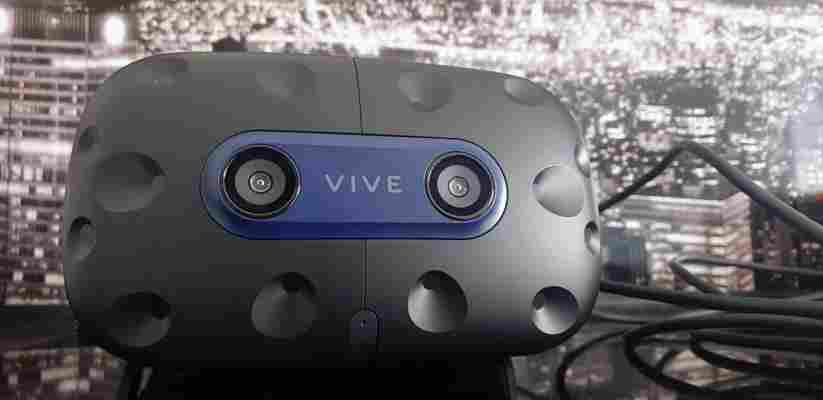
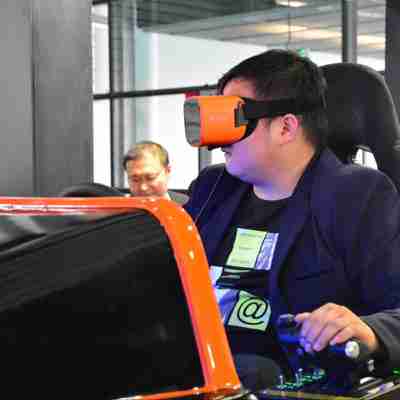

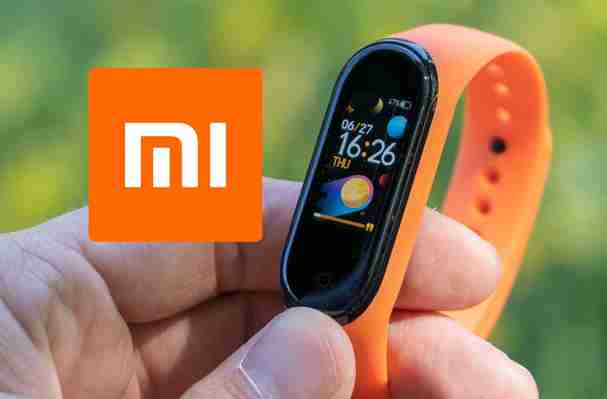
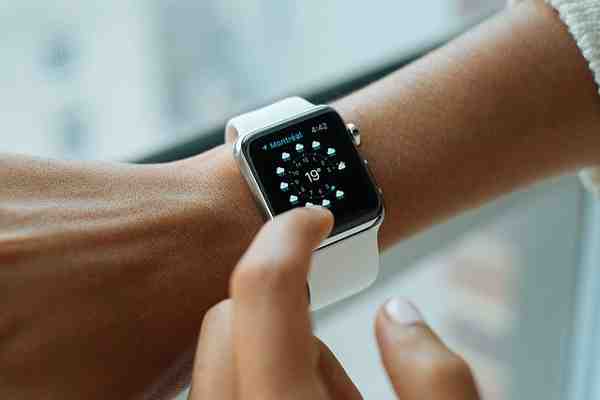
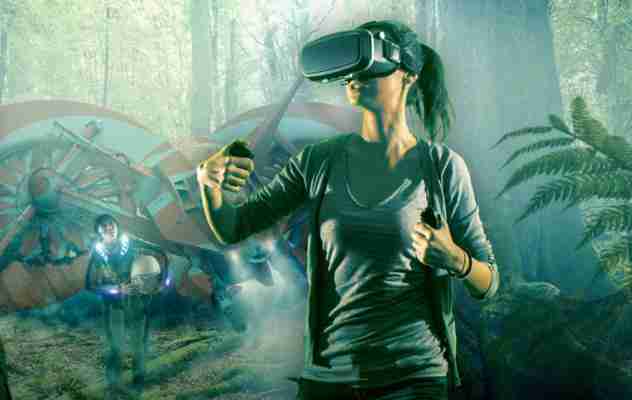

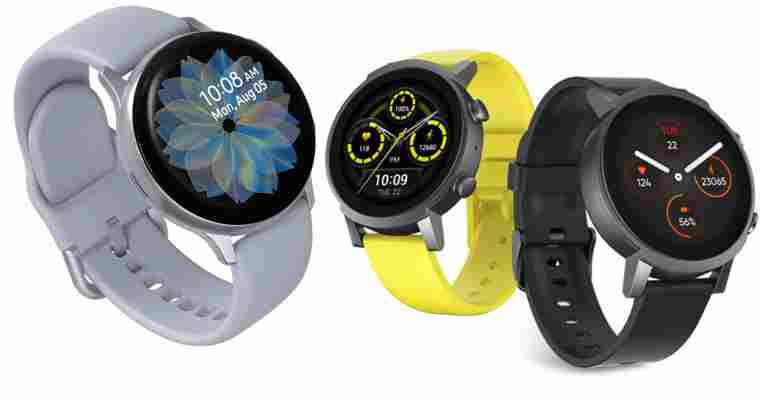
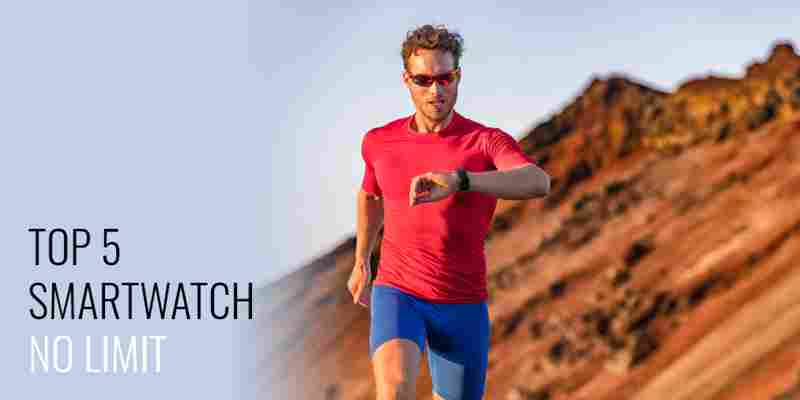

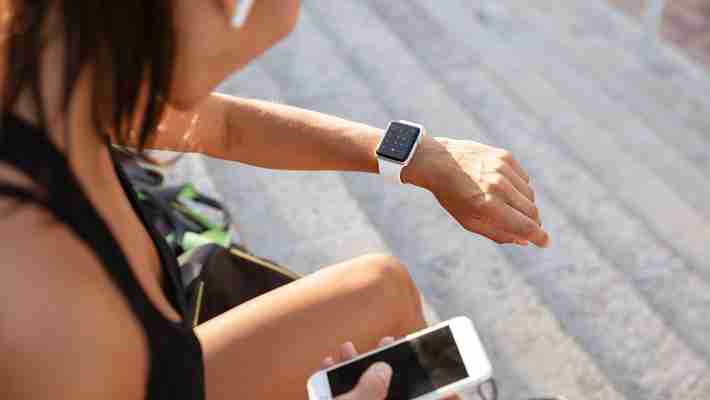
Write a Comment